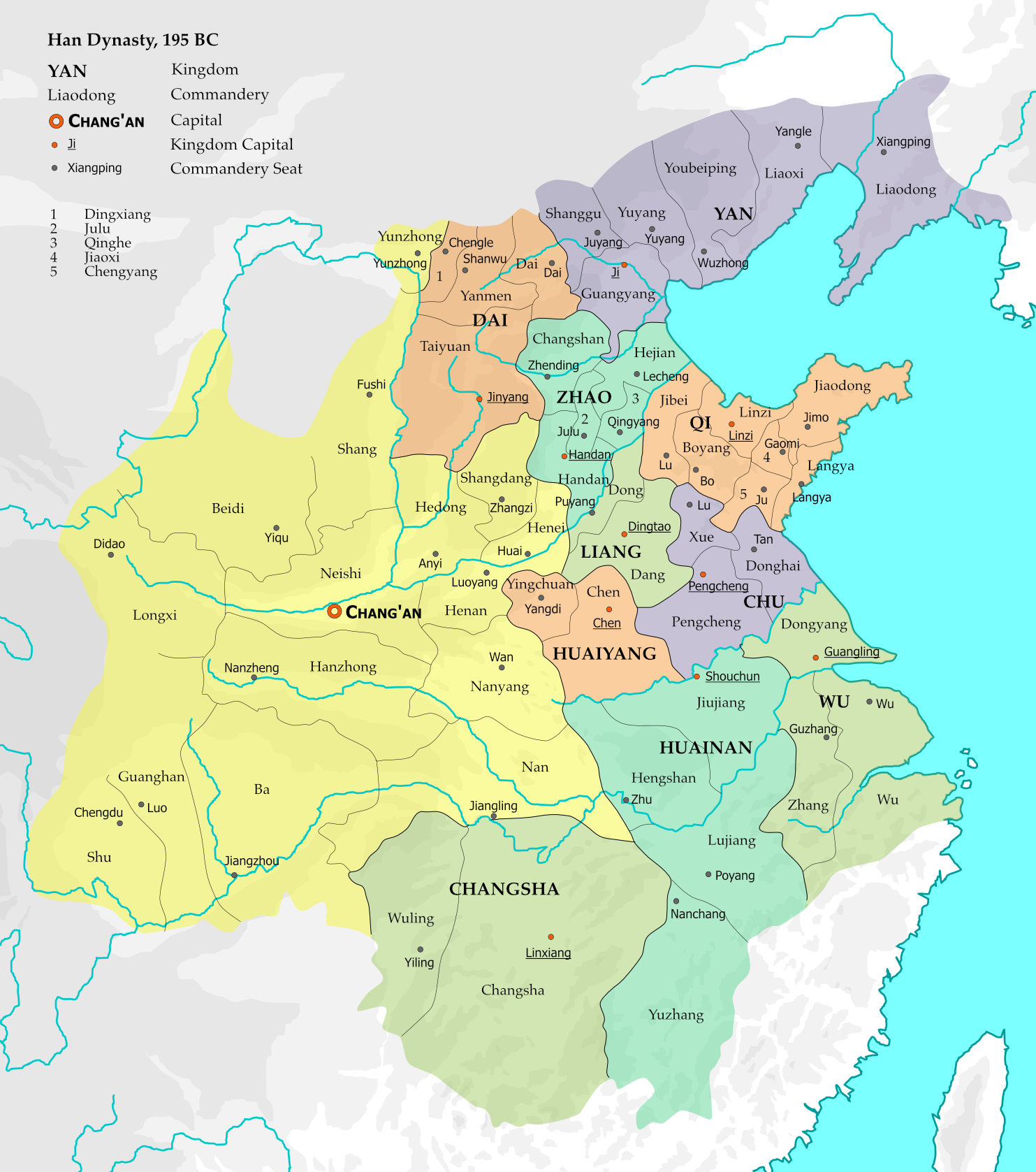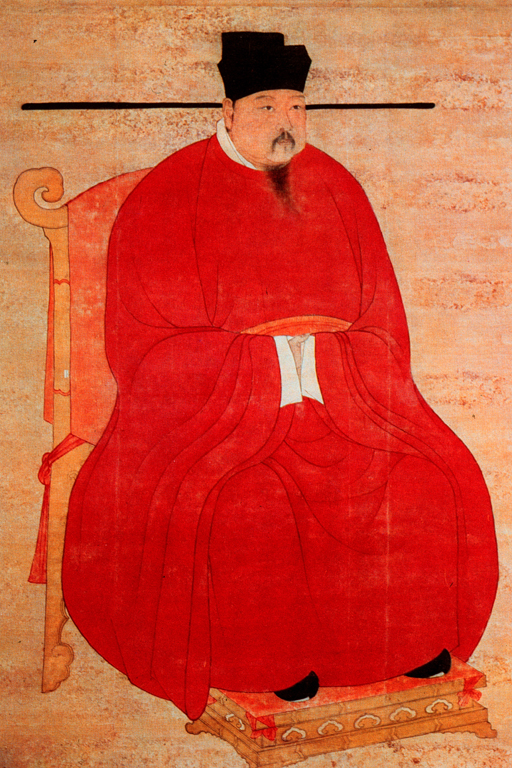|
Maming Sheng
Maming Sheng (馬鳴生, "Master Horse-neigh", fl. c. 100 CE) was a legendary Han dynasty Taoist alchemist and ''Xian'' ("transcendent; immortal"). He was a disciple of the transcendent and ''fangshi'' ("master of methods") Anqi Sheng, who transmitted a secret ''waidan'' external alchemical scripture to him. Maming refined this elixir of immortality, but rather than take a full dose and immediately ascend to heaven, he only took half and lived for over 500 years as a secret ''dìxiān'' (地仙, "earthbound transcendent"). Master Horse-neigh was a key figure in the Taoist Taiqing (太清, Grand Purity) alchemical tradition. Furthermore, in Chinese Buddhism, ''Maming'' (馬鳴, "Horse-neigh") translates the name of the 2nd-century CE Indian Buddhist monk and polymath Aśvaghoṣa (from Sanskrit ''áśva'' अश्व, "horse" and ''ghoṣa'' घोष, "cry; sound"), so-called because when teaching the Dharma his words were intelligible even to animals. Names The Chinese appellation ... [...More Info...] [...Related Items...] OR: [Wikipedia] [Google] [Baidu] |
Han Dynasty
The Han dynasty (, ; ) was an Dynasties in Chinese history, imperial dynasty of China (202 BC – 9 AD, 25–220 AD), established by Emperor Gaozu of Han, Liu Bang (Emperor Gao) and ruled by the House of Liu. The dynasty was preceded by the short-lived Qin dynasty (221–207 BC) and a warring interregnum known as the ChuHan contention (206–202 BC), and it was succeeded by the Three Kingdoms period (220–280 AD). The dynasty was briefly interrupted by the Xin dynasty (9–23 AD) established by usurping regent Wang Mang, and is thus separated into two periods—the #Western Han, Western Han (202 BC – 9 AD) and the #Eastern Han, Eastern Han (25–220 AD). Spanning over four centuries, the Han dynasty is considered a golden age (metaphor), golden age in Chinese history, and it has influenced the identity of the History of China, Chinese civilization ever since. Modern China's majority ethnic group refers to themselves as the "Han Chinese, Han people", the Sinitic langu ... [...More Info...] [...Related Items...] OR: [Wikipedia] [Google] [Baidu] |
Ge Hong
Ge Hong (; b. 283 – d. 343 or 364), courtesy name Zhichuan (稚川), was a Chinese linguist, Taoist practitioner, philosopher, physician, politician, and writer during the Eastern Jin dynasty. He was the author of '' Essays on Chinese Characters'', the ''Baopuzi'', the ''Emergency Formulae at an Elbow's Length'', among others. He was the originator of first aid in traditional Chinese medicine and influenced later generations. Early life Ge Hong was born as the third son into a well-established family, his father died when he was 13. Career In his public service role as an official, he was often asked to appraise his friends and acquaintances as possible candidates for government office positions and was also chosen to perform military service. However, he was unhappy with his life as an official. Although he never rejected Confucianism, he grew interested in Taoist cultivation and using drugs so he could achieve the spiritual freedoms of Taoist Immortality. He wrote an au ... [...More Info...] [...Related Items...] OR: [Wikipedia] [Google] [Baidu] |
Courtesy Name
A courtesy name (), also known as a style name, is a name bestowed upon one at adulthood in addition to one's given name. This practice is a tradition in the East Asian cultural sphere, including China China, officially the People's Republic of China (PRC), is a country in East Asia. It is the world's List of countries and dependencies by population, most populous country, with a Population of China, population exceeding 1.4 billion, slig ..., Japan, Korea, and Vietnam.Ulrich TheobaldNames of Persons and Titles of Rulers/ref> A courtesy name is not to be confused with an art name, another frequently mentioned term for an alternative name in East Asia, which is closer to the concept of a pen name or a pseudonym. Usage A courtesy name is a name traditionally given to Chinese men at the age of 20 East Asian age reckoning, ''sui'', marking their coming of age. It was sometimes given to women, usually upon marriage. The practice is no longer common in modern Chinese socie ... [...More Info...] [...Related Items...] OR: [Wikipedia] [Google] [Baidu] |
Taoist Canon
Daozang (), meaning 'Taoist Canon', consists of around 1,400 texts that were collected (after the '' Daodejing'' and '' Zhuangzi'' and Liezi which are the core Taoist texts). They were collected by Taoist monks of the period in an attempt to bring together all of the teachings of Taoism, including all the commentaries and expositions of the various masters from the original teachings found in the ''Daodejing'' and ''Zhuangzi''. These three divisions were based on the main focus of Taoism in Southern China during the time it was made, namely; meditation, ritual, and exorcism. These Three Grottoes were used as levels for the initiation of Taoist masters, from lowest (exorcism) to highest (meditation). As well as the Three Grottoes there were Four Supplements that were added to the canon c. 500. These were mainly taken from older core Taoist texts (e.g. ''Daodejing'') apart from one which was taken from an already established and separate philosophy known as Tianshi Dao (Way of ... [...More Info...] [...Related Items...] OR: [Wikipedia] [Google] [Baidu] |
Yunji Qiqian
The ''Yunji qiqian'' is a (c. 1029) anthology of the (1016) Taoist Canon, which the Taoist scholar-official Zhang Junfang compiled for Emperor Zhenzong of Song. The ''Yunji qiqian'' records many early Taoist texts that have been lost since the 11th century, and is an important resource for understanding medieval Taoism. History The ''Yunji qiqian'' compendium was a "byproduct" of editing the 1016 edition ''Daozang'' "Taoist Canon" – the ''Da Song tiangong baozang'' "Great Song Celestial Palace Precious Canon". In 1012, the Northern Song Emperor Zhenzong (r. 997–1022) ordered the compilation of a revised and enlarged Canon. He put Chancellor Wang Qinruo in charge of the project, selected ten Taoist masters, and ordered Perfect Qi Guan to oversee the compilation of the ''Daozang''. In 1016, the scholar-official Zhang Junfang (961?–1042?), who had replaced Qi Guan, completed the revised ''Da Song tiangong baozang'' edition, which comprised 4,565 ''juan'' "scrolls; volumes" ... [...More Info...] [...Related Items...] OR: [Wikipedia] [Google] [Baidu] |
Sichuan
Sichuan (; zh, c=, labels=no, ; zh, p=Sìchuān; alternatively romanized as Szechuan or Szechwan; formerly also referred to as "West China" or "Western China" by Protestant missions) is a province in Southwest China occupying most of the Sichuan Basin and the easternmost part of the Tibetan Plateau between the Jinsha River on the west, the Daba Mountains in the north and the Yungui Plateau to the south. Sichuan's capital city is Chengdu. The population of Sichuan stands at 83 million. Sichuan neighbors Qinghai to the northwest, Gansu to the north, Shaanxi to the northeast, Chongqing to the east, Guizhou to the southeast, Yunnan to the south, and the Tibet Autonomous Region to the west. In antiquity, Sichuan was the home of the ancient states of Ba and Shu. Their conquest by Qin strengthened it and paved the way for Qin Shi Huang's unification of China under the Qin dynasty. During the Three Kingdoms era, Liu Bei's state of Shu was based in Sichuan. T ... [...More Info...] [...Related Items...] OR: [Wikipedia] [Google] [Baidu] |
Dujiangyan City
Dujiangyan () is a county-level city of Sichuan Province, Southwest China, it is under the administration of the prefecture-level city of Chengdu. Its north-west region forms a border with southern Ngawa Tibetan and Qiang Autonomous Prefecture. It has an area of and had a population of 600,000 in 2003. Dujiangyan was formerly a county named Guanxian or Guan County (). The county became a county-level city in 1988 and was renamed after the Dujiangyan Irrigation System, in the city's northwest, famous for providing Chengdu with water for over two millennia, since around 250 BC. History Around 250 BC during the Warring States period, Li Bing, a governor of Shu (present Sichuan Province) in the Qin state with his son directed the construction of Dujiangyan. Li Bing gave up the old ways of dam building, which were simply directed at flood control, employing a new method of channeling and dividing the water of the Min River. He accomplished this by separating the project into t ... [...More Info...] [...Related Items...] OR: [Wikipedia] [Google] [Baidu] |
Mount Qingcheng
Mount Qingcheng () is a sacred Taoist mountain in Dujiangyan, Chengdu, Sichuan, China. It is considered one of the birthplaces of Taoism and one of the most important Taoist religious sites in China. In Taoist mythology, it was the site of the Yellow Emperor's studies with Ning Fengzi. As an important site of the Taoism, it became host to many Taoist monasteries and temples. The mountain has 36 peaks. The mountain is also home to Dujiangyan Giant Panda Center and since 2000 has been listed as a UNESCO World Heritage Site. Mount Qingcheng was affected by the Wenchuan Earthquake in 2008. History In 142 AD, the first Celestial Master Zhang Daoling developed the Way of the Five Pecks of Rice, a prominent movement in Taoism. Many of the essential elements of Taoism derived from the teachings and practices of the temples that were built on the mountain during the Jin and Tang Dynasties. There are 11 Taoist temples on the mountain, and Mount Qingcheng was an important spiritual ... [...More Info...] [...Related Items...] OR: [Wikipedia] [Google] [Baidu] |
Xinye County
Xinye () is one of the counties of Nanyang that lies in the southwest of Henan province, China. To the south lies the prefecture-level city of Xiangyang in Hubei province, to the east is Tanghe County and to the west is the county-level city of Dengzhou. Xinye county has a population of . Its total area is . The G55 Erenhot–Guangzhou Expressway runs through Waizi town, which is the northmost town of Xinye. Both Nanyang Jiangying Airport and Xiangyang Liuji Airport are about away from Xinye. History Near the end of the Han Dynasty, the warlord Liu Bei used Xinye as a base, as a vassal under Liu Biao. Liu Biao himself had been residing in Xiangyang (today's Xiangfan). Liu Bei lost Xinye to Cao Cao Cao Cao () (; 155 – 15 March 220), courtesy name Mengde (), was a Chinese statesman, warlord and poet. He was the penultimate Grand chancellor (China), grand chancellor of the Eastern Han dynasty, and he amassed immense power in the End of ... in 208 and retreated to ... [...More Info...] [...Related Items...] OR: [Wikipedia] [Google] [Baidu] |
Lujiang County
Lujiang County () is a county of Anhui Province, East China, it is under the administration of the prefecture-level city of Hefei, the capital of Anhui. It is the southernmost county-level division under the jurisdiction of the provincial capital, Hefei. It has a population of and an area of . The government of Lujiang County is located in Lucheng Town. Lujiang County has jurisdiction over 17 towns. During the Spring and Autumn Period, the Lujiang area was the location of the minor State of Shu (舒) Shu () was an ancient state in what is now Sichuan Province. It was based on the Chengdu Plain, in the western Sichuan basin with some extension northeast to the upper Han River valley. To the east was the Ba tribal confederation. Further east .... Administrative divisions Lujiang County is divided to 17 towns. ;Towns Climate References External links County-level divisions of Anhui Hefei {{Hefei-geo-stub ... [...More Info...] [...Related Items...] OR: [Wikipedia] [Google] [Baidu] |
Xuandu Temple
The Xuandu Temple () is a Taoist temple located on the hillside of Mount Heng, in Hengshan County, Hunan, China. It is the site of Hunan Taoist Association. History The Xuandu Temple was first established in the Tongzhi period (1862-1874) of Qing dynasty (1644–1911) by Taoist priest Tan Jiaoqing (). It formerly known as a Buddhist temple named Xiyun'an (), which was built in the Southern Qi dynasty (479–502). On November 3, 1985, the Hunan Taoist Association was set up here. Architecture The temple consists of more than 5 buildings, including shanmen, HalI of the God of Wealth, Hall of Medicine King, Main Hall, and Sanqing Hall (Hall of Three Pure Ones). Main Hall The Main Hall is the second hall in the temple for the worship of the Jade Emperor The Jade Emperor or Yudi ( or , ') in Chinese culture, traditional religions and myth is one of the representations of the first god ( '). In Daoist theology he is the assistant of Yuanshi Tianzun, who is one of the ... [...More Info...] [...Related Items...] OR: [Wikipedia] [Google] [Baidu] |
Shandong
Shandong ( , ; ; alternately romanized as Shantung) is a coastal province of the People's Republic of China and is part of the East China region. Shandong has played a major role in Chinese history since the beginning of Chinese civilization along the lower reaches of the Yellow River. It has served as a pivotal cultural and religious center for Taoism, Chinese Buddhism and Confucianism. Shandong's Mount Tai is the most revered mountain of Taoism and a site with one of the longest histories of continuous religious worship in the world. The Buddhist temples in the mountains to the south of the provincial capital of Jinan were once among the foremost Buddhist sites in China. The city of Qufu is the birthplace of Confucius and was later established as the center of Confucianism. Confucianism developed from what was later called the Hundred Schools of Thought from the teachings of the Chinese philosopher Confucius. Shandong's location at the intersection of ancient and m ... [...More Info...] [...Related Items...] OR: [Wikipedia] [Google] [Baidu] |



.jpg)

